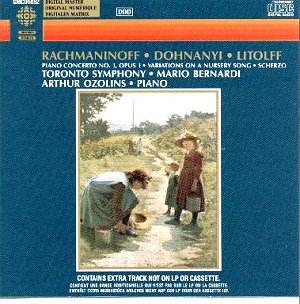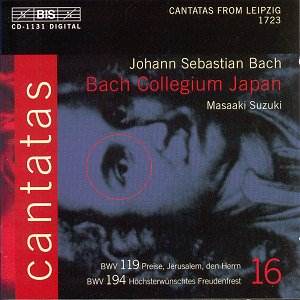 Composer: Charles-Marie Widor
Composer: Charles-Marie Widor
Works: Piano Trio in B flat major (1875), Piano Quintet in D minor (1890)
Performers: Ilona Prunyi (piano), New Budapest Quartet
Recording: Italian Institute, Budapest, 10-13 April 1988
Label: NAXOS
Charles-Marie Widor, primarily celebrated for his organ symphonies, offers a compelling yet often overlooked contribution to chamber music with his Piano Trio and Piano Quintet. Composed during a period of burgeoning French musical identity, these works reflect Widor’s stylistic alignment with the likes of Fauré and Schumann, marked by lyrical melodies and intricate textures. The Piano Trio, written in 1875, showcases a youthful exuberance reminiscent of early Fauré, while the Piano Quintet, completed in 1890, reveals a more mature composer grappling with emotional depth and structural complexity.
Ilona Prunyi’s interpretation, accompanied by the New Budapest Quartet, strikes a commendable balance between intimacy and dynamism. The Piano Trio unfolds with a delightful clarity; the ensemble’s articulation is crisp, particularly in the opening Allegro, where the interplay between piano and strings is both conversational and assertive. Prunyi’s touch is light yet incisive, allowing the melodic lines to breathe while maintaining a cohesive ensemble sound. The andante, often described as the jewel of the trio, is beautifully rendered, with a rocking theme that evokes a sense of cradle-like comfort, showcasing Widor’s gift for lyrical writing. Prunyi’s sensitivity in this movement highlights the emotional core, with subtle rubato enhancing the melodic shape without veering into sentimentality.
The Piano Quintet presents a broader emotional palette. Here, Widor’s wit and ingenuity shine through, particularly in the playful exchanges of the first movement. The ensemble’s execution of the thematic material is marked by vivacity, and the nuanced dynamics employed throughout reveal a deep understanding of the work’s architectural design. The andante, which serves as the emotional fulcrum of the quintet, is delivered with a rich blend of melancholy and introspection, further emphasizing Widor’s deftness in crafting lyrical melodies. However, the final allegro con moto feels slightly less impactful, lacking the structural tightness found in the preceding movements. This may suggest that while Widor excels in moments of lyrical expression, he occasionally struggles to maintain momentum toward an electrifying conclusion.
The recording quality produced by NAXOS is notably clear, capturing the nuances of both the piano and string instruments. The engineering allows for the individual colors of each instrument to emerge distinctly within the ensemble, a crucial aspect for appreciating the intricate textures Widor weaves throughout these chamber works. Compared to other recordings, particularly those of Widor’s contemporaries, this performance stands out for its clarity and interpretive insight, although it may not yet rival the most celebrated recordings of the canonical repertoire.
Widor’s chamber works, particularly the Piano Trio and Piano Quintet, reveal a composer who, while overshadowed by his organ symphonies, possesses a distinctive voice that deserves recognition. Prunyi and the New Budapest Quartet present these compositions with a thoughtful balance of technical precision and emotional depth, allowing listeners to appreciate the subtleties of Widor’s craftsmanship. These performances not only illuminate Widor’s artistry but also invite further exploration of his lesser-known works, which, like these pieces, are rich with potential yet remain largely uncharted in the concert repertoire.



